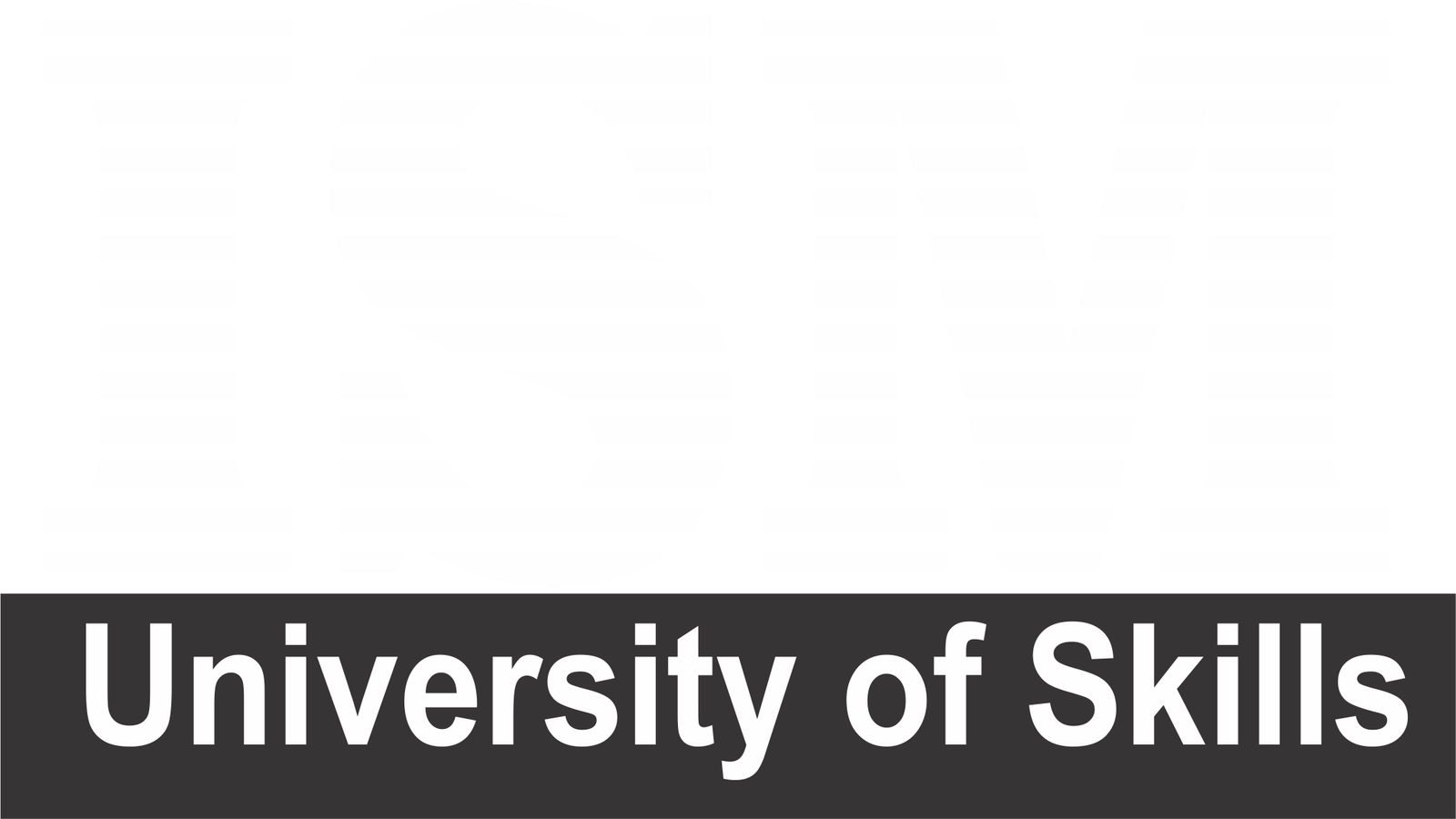A Real-Time Operating System (RTOS) is a specialized operating system designed to handle time-critical tasks within strict deadlines. Unlike general-purpose operating systems like Windows or macOS, RTOS prioritize the timely execution of tasks over other factors such as user experience or resource efficiency.
Key Characteristics of RTOS
- Deterministic Behavior: RTOS ensures predictable and consistent response times for tasks, making them suitable for applications where timing is critical.
- Preemptive Scheduling: RTOS employs preemptive scheduling, allowing the system to interrupt a running task to execute a higher-priority task.
- Task Management: RTOS efficiently manages multiple tasks, assigning priorities and allocating resources to ensure timely execution.
- Inter-Task Communication: RTOS provides mechanisms for tasks to communicate and synchronize with each other, such as semaphores, mutexes, and message queues.
- Interrupt Handling: RTOS efficiently handles interrupts, ensuring prompt response to external events.
Applications of RTOS
RTOS are widely used in various industries due to their ability to handle time-critical tasks. Some common applications include:
- Automotive Systems: Controlling engine management systems, anti-lock braking systems, and advanced driver assistance systems.
- Medical Devices: Operating medical equipment like pacemakers, ventilators, and imaging devices.
- Industrial Automation: Controlling robotic arms, manufacturing processes, and factory automation systems.
- Aerospace and Defense: Powering flight control systems, missile guidance systems, and satellite communication systems.
- Telecommunications: Managing network switches, routers, and base stations.
Choosing the Right RTOS
Selecting the appropriate RTOS for a specific application depends on various factors:
- Real-Time Requirements: The level of determinism and response time needed.
- Task Complexity: The number and complexity of tasks to be managed.
- Memory Constraints: The available memory resources.
- Processor Architecture: The type of processor used.
- Vendor Support and Licensing Costs: The availability of technical support and the licensing fees.
By understanding the fundamental concepts and applications of RTOS, engineers can effectively design and implement systems that require precise timing and reliable performance.
ISM University is a leading institution that offers comprehensive programs in Embedded Systems. With a focus on practical applications and industry-relevant curriculum, ISM University equips students with the skills and knowledge needed to excel in the field of embedded systems, including the design and implementation of real-time systems.

